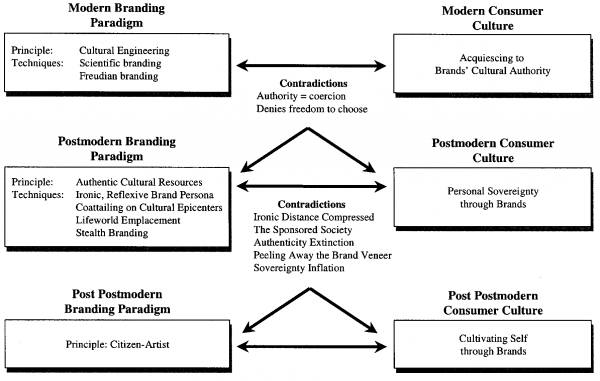So after Rob started one of those memes that I actually find kind of interesting, Petar aka Niko Herzeg tagged me in his 5 answers to 5 questions about 2010.
It’s actually harder than I thought to come up with one decent answer to these questions, but I’ll give it a shot.
1/ Best single thing [personal &/or professional] you did/achieved in 2010.
Whenever ‘professional’ comes up I have the nice and cosy ‘I’m still a student’ excuse that I can hide behind, so let’s focus on the personal part.
To answer the question with the best single thing and still get two things into this, let’s call it “leaving the comfort zone” (and I hate that phrase). The two things that fall into this category? The Great Football Giveaway in Tanzania (please donate a ball and spread the word if you think this is a good idea) was my first time in Africa, the first time I went somewhere without there being another Austrian/German speaking person there (in Vietnam, Nicaragua, Canada, Spain and Hungary, there always were colleagues or friends from there), and the first time without actually knowing anybody personally before meeting them at the airport at the destination. The project also included my first fundraising party and my first rent-a-location party in Vienna. It was one of the best things I ever did in my life.
The ‘other thing’? Writing myself into the same academic group as she was in, getting to know her, finding her truly amazing and actually demonstrating interest instead of finding a lame excuse for not being around her. Best decision in 2010, period.
2/ Most shameful thing [personal &/or professional] you did/achieved in 2010.
I’m bad with this kind of stuff. I think I didn’t do many shameful things this year (unfortunately?), but there’s one thing I’m not necessarily proud of and it has something to do with commenting cynically on a – in my eyes – propagandistic facebook status update from someone who once was a friend and now thinks censorship is alright if somebody dares to criticize Austria’s hypocritical social democrats. Austria got two 8 year old twins, who then were deported to the Kosovo, out of their bed at 6:30 or something, by policemen armed with machine guns. It was filmed by activists and then the social democrats, who are the strongest party, have the president and the chancellor as well as the mayor of Vienna, and who also voted for the tightening of our immigration laws had the nerve to blame their coalition partner – the conservatives – for what was happening. – I made a cynical comment on a facebook post and it apparently ended an already fading friendship. Still not sure if it was the right thing to do.
Appart from that it’s a shame that I haven’t met my personal deadline for my bachelor paper … and that I had to go to the washroom to puke during a brunch with friends and partners who drove 300 km to see me.
3/ Ad industry scandal or scoundrel of the year.
The Future of Advertising. Apart from that the planner story that everybody thinks of anyways … Oh, and seeing a lot of people that are very talented being wasted in or not hired by agencies.
4/ Your overall rating for 2010 out of 10. [1 = shit / 10 = showoff]
8.5 – brilliant year in almost every aspect. Would have been a 10 if I had managed to finish my bachelor thesis.
5/ What do you think will be the most overhyped advertising related subject of 2011?
There’s no way I could put this into better words so please do yourself a favor and read #5 from Andrew / Northerns list.
I nominate (leaving out those who have been nominated anyways …)
Michael (didn’t you want to start blogging again?)




